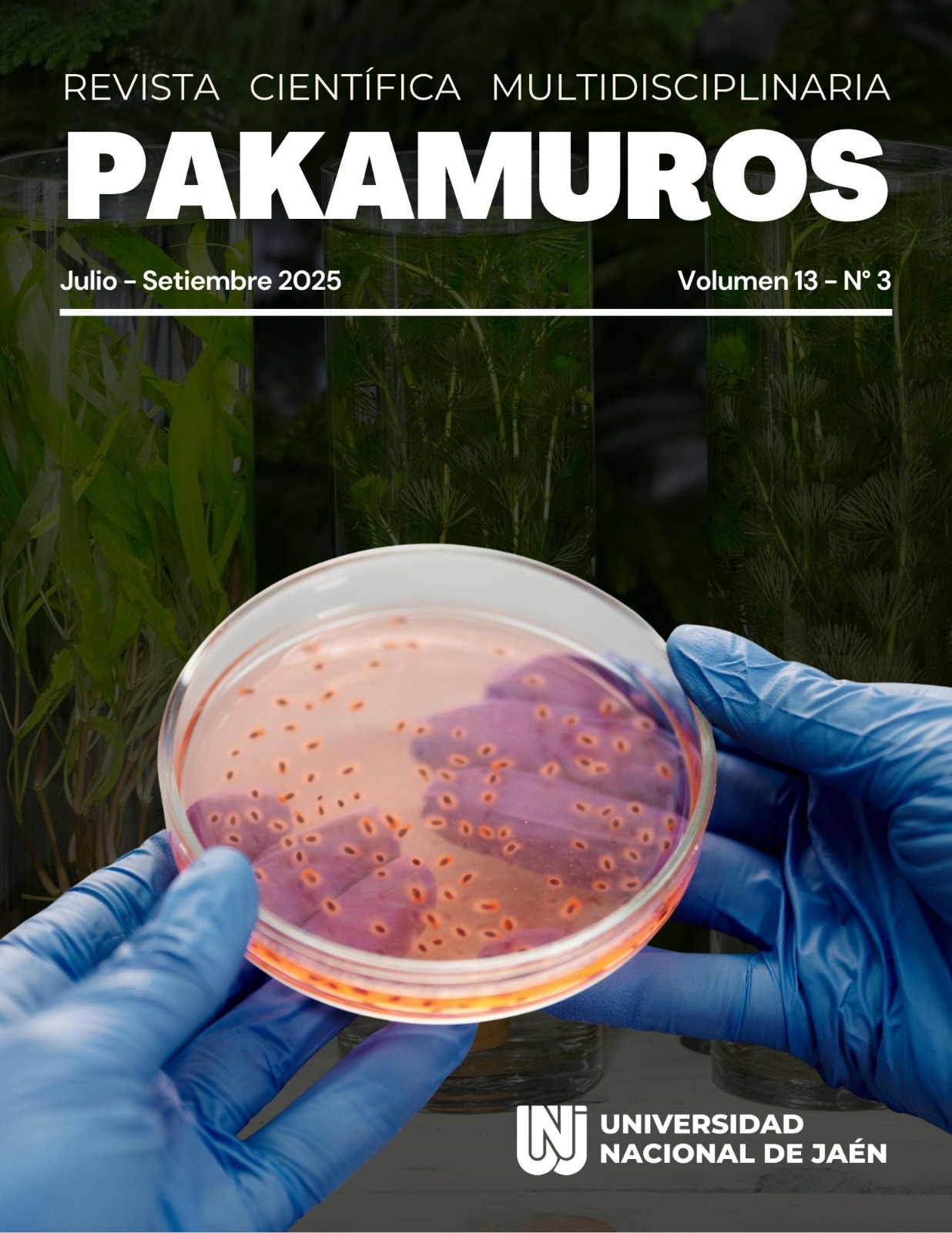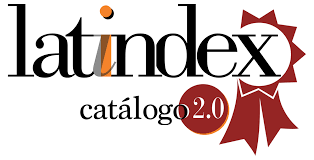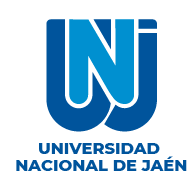Revisión de la implementación de Lean Construction y BIM para la reducción de desperdicios de encofrado
DOI:
https://doi.org/10.37787/2x6gxx75Palabras clave:
gestión de encofrados, visualización 3D, VSM, Kanban, HeijunkaResumen
La revisión de la literatura resalta la integración sinérgica de Lean Construction y Building Information Modeling (BIM) como una estrategia integral para incrementar la eficiencia y reducir los desperdicios en la construcción, con especial énfasis en la gestión de encofrados. Los principios Lean —enfocados en el valor, el flujo, la atracción y la perfección—, combinados con las capacidades de visualización 3D y modelado 4D de BIM, permiten optimizar procesos, fortalecer la colaboración y respaldar decisiones informadas durante todo el ciclo de vida del proyecto. Herramientas como Value Stream Mapping (VSM), Last Planner System (LPS), Kanban y Heijunka contribuyen a mejorar la planificación, reducir actividades no relevantes y elevar la productividad. Asimismo, la incorporación de encofrados innovadores y tecnologías avanzadas refuerza el compromiso con prácticas constructivas sostenibles, disminuyendo tiempos, costes y el impacto ambiental, a la vez que se mejora la calidad. En conjunto, la aplicación coordinada de Lean y BIM no solo responde a los desafíos actuales de la industria, sino que también proyecta un modelo de construcción más eficiente, colaborativo y sostenible.
Referencias
Abebe Wondimu, P., Hosseini, A., Lohne, J., Hailemichael, E., & Laedre, O. (2016). Early Contractor Involvement in Public Infrastructure Projects. 24th Annual Conference of the International Group for Lean Construction - Boston, Massachusetts, USA - 2016. https://iglc.net/papers/Details/1282
Baskova, R., Tazikova, A., Strukova, Z., Kozlovska, M., & Cabala, J. (2023). A Dynamic Model for Effective and Optimal Planning of Formwork in Construction Projects. Buildings 2023, Vol. 13, Page 1794, 13(7), 1794. https://doi.org/10.3390/BUILDINGS13071794
Binninger, M., Dlouhy, J., Schneider, J., & Haghsheno, S. (2017). How Can Lean Construction Improve the Daily Schedule of A Construction Manager? IOP Conference Series: Materials Science and Engineering, 245(6), 062019. https://doi.org/10.1088/1757-899X/245/6/062019
Blandín, F. (2023). La metodología Lean Construction: una revisión sistemática a la bibliografía (2019-2023). South Florida Journal of Development, 4(6), 2413–2431. https://doi.org/10.46932/sfjdv4n6-016
Choi, M., Kim, S., & Kim, S. (2024). Semi-automated visualization method for visual inspection of buildings on BIM using 3D point cloud. Journal of Building Engineering, 81, 108017. https://doi.org/10.1016/J.JOBE.2023.108017
Dallasega, P., Revolti, A., Sauer, P. C., Schulze, F., & Rauch, E. (2020). BIM, Augmented and Virtual Reality empowering Lean Construction Management: a project simulation game. Procedia Manufacturing, 45, 49–54. https://doi.org/10.1016/J.PROMFG.2020.04.059
De Almeida, F., Furtado, L. M., Neves, C. C., Gois, D., & de Melo, R. (2020). Previsão da geração de resíduos na construção civil por meio da modelagem BIM. Ambiente Construído, 20(4), 157–176. https://doi.org/10.1590/S1678-86212020000400465
De Bortoli Saggin, A., Mota, T. R., Brito, F. L., & Mourão, C. A. M. A. (2017). Standardized Work: Practical Examples in a Brazilian Construction Company. IGLC 2017 - Proceedings of the 25th Annual Conference of the International Group for Lean Construction, 713–720. https://doi.org/10.24928/2017/0128
Duan, H., & Li, J. (2016a). Construction and demolition waste management: China’s lessons. Waste Management and Research, 34(5), 397–398. https://doi.org/10.1177/0734242X16647603
Dziuba, D., & Almeder, C. (2023). New construction heuristic for capacitated lot sizing problems. European Journal of Operational Research, 311(3), 906–920. https://doi.org/10.1016/J.EJOR.2023.06.002
Eldeep, A. M., Farag, M. A. M., & Abd El-hafez, L. M. (2022). Using BIM as a lean management tool in construction processes – A case study. Ain Shams Engineering Journal, 13(2), 101556. https://doi.org/10.1016/j.asej.2021.07.009
Fabozzi, S., Biancardo, S. A., Veropalumbo, R., & Bilotta, E. (2021a). I-BIM based approach for geotechnical and numerical modelling of a conventional tunnel excavation. Tunnelling and Underground Space Technology, 108, 103723. https://doi.org/10.1016/J.TUST.2020.103723
Gao, S., & Low, S. P. (2014). The Last Planner System in China’s construction industry — A SWOT analysis on implementation. International Journal of Project Management, 32(7), 1260–1272. https://doi.org/10.1016/J.IJPROMAN.2014.01.002
Garcés, G., & Peña, C. (2023). A Review on Lean Construction for Construction Project Management. Revista Ingeniería de Construcción, 38(1), 43–60. https://doi.org/10.7764/RIC.00051.21
Haronian, E., & Sacks, R. (2020). ROADELS: discrete information objects for production planning and control of road construction. ITcon Vol. 25, Special Issue EWork and EBusiness in Architecture, Engineering and Construction 2018 , Pg. 254-271, Http://Www.Itcon.Org/2020/15, 25(15), 254–271. https://doi.org/10.36680/J.ITCON.2020.015
Hoyos, M. F., & Botero, L. F. (2018). Evolución e impacto mundial del Last Planner System: una revisión de la literatura. Ingeniería y Desarrollo, 36(1), 187–214. https://doi.org/10.14482/INDE.36.1.10946
James, J., Ikuma, L. H., Nahmens, I., & Aghazadeh, F. (2014). The impact of Kaizen on safety in modular home manufacturing. International Journal of Advanced Manufacturing Technology, 70(1–4), 725–734. https://doi.org/10.1007/S00170-013-5315-0/METRICS
Karaz, M., & Teixeira, J. C. (2023). Waste elimination based on Lean Construction and Building Information Modelling: A systematic literature review. U.Porto Journal of Engineering, 9(3), 72–90. https://doi.org/10.24840/2183-6493_009-003_001808
Karatas, I., & Budak, A. (2023). Investigating the impact of lean-BIM synergy on labor productivity in the construction execution phase. Journal of Engineering Research, 11(4), 322–333. https://doi.org/10.1016/J.JER.2023.10.021
Kemmer, S., Biotto, C., Chaves, F., Koskela, L., & Fazenda, P. T. (2016). Implementing Last Planner in the Context of Social Housing Retrofit. https://www.researchgate.net/publication/305680969
Ko, C. H., & Kuo, J. De. (2015). Making formwork construction lean. Journal of Civil Engineering and Management, 21(4), 444–458. https://doi.org/10.3846/13923730.2014.890655
Ko, C.-H., Wang, W.-C., & Kuo, J.-D. (2011). Improving Formwork Engineering Using the Toyota Way. Journal of Engineering, Project, and Production Management, 1(1), 13–27. https://www.researchgate.net/publication/260301829
Kumar, R., Chauhan, P. S., Kumar Dwivedi, R., Pratap Singh, A., & Prasad, J. (2022). Design and development of ball dispenser Machine through lean manufacturing tool Poka-Yoke technique in automobile industries. Materials Today: Proceedings, 62(P12), 6530–6533. https://doi.org/10.1016/J.MATPR.2022.04.335
Lee, E., Grooms, R., Mamidala, S., & Nagy, P. (2014). Six easy steps on how to create a lean sigma value stream map for a multidisciplinary clinical operation. Journal of the American College of Radiology, 11(12), 1144–1149. https://doi.org/10.1016/j.jacr.2014.08.031
Li, W., Lin, X., Bao, D. W., & Min Xie, Y. (2022). A review of formwork systems for modern concrete construction. Structures, 38, 52–63. https://doi.org/10.1016/J.ISTRUC.2022.01.089
Liebringshausen, A., Eversmann, P., & Göbert, A. (2023a). Circular, zero waste formwork - Sustainable and reusable systems for complex concrete elements. Journal of Building Engineering, 80, 107696. https://doi.org/10.1016/J.JOBE.2023.107696
Likita, A. J., Jelodar, M. B., Vishnupriya, V., & Rotimi, J. O. B. (2025). A guideline for BIM and lean integrated construction practice. Smart and Sustainable Built Environment, 14(4), 1264–1291. https://doi.org/10.1108/SASBE-03-2024-0098
Lin, C. J., Chen, F. F., & Chen, Y. M. (2013). Knowledge kanban system for virtual research and development. Robotics and Computer-Integrated Manufacturing, 29(3), 119–134. https://doi.org/10.1016/J.RCIM.2012.04.020
Lu, Q., Won, J., & Cheng, J. C. P. (2016). A financial decision making framework for construction projects based on 5D Building Information Modeling (BIM). International Journal of Project Management, 34(1), 3–21. https://doi.org/10.1016/J.IJPROMAN.2015.09.004
Mansuri, D. N. (2016). Optimization of Formwork Management Using Building Information Modeling (BIM) and Cascading Tool [Master’s thesis, University of Cincinnati]. Centro de Tesis y Disertaciones Electrónicas OhioLINK. http://rave.ohiolink.edu/etdc/view?acc_num=ucin1470743739
Maraqa, M. J., Sacks, R., & Spatari, S. (2023). Strategies for reducing construction waste using lean principles. Resources, Conservation & Recycling Advances, 19, 200180. https://doi.org/10.1016/J.RCRADV.2023.200180
Miettinen, R., & Paavola, S. (2014). Beyond the BIM utopia: Approaches to the development and implementation of building information modeling. Automation in Construction, 43, 84–91. https://doi.org/10.1016/J.AUTCON.2014.03.009
Mizushima, Y., Inoue, H., Morikawa, S., & Taira, S. (2023). Optimization of formworks shoring location as a continuous optimization problem. Structures, 56, 104949. https://doi.org/10.1016/J.ISTRUC.2023.104949
Nguyen, P., & Akhavian, R. (2019). Synergistic Effect of Integrated Project Delivery, Lean Construction, and Building Information Modeling on Project Performance Measures: A Quantitative and Qualitative Analysis. Advances in Civil Engineering, 2019(1), 1267048. https://doi.org/10.1155/2019/1267048
Nilimaa, J., Gamil, Y., & Zhaka, V. (2023). Formwork Engineering for Sustainable Concrete Construction. CivilEng 2023, Vol. 4, Pages 1098-1120, 4(4), 1098–1120. https://doi.org/10.3390/CIVILENG4040060
Nunes Mariz, R., Picchi, F. A., Denis Granja, A., Sávio, R., & De Melo, S. (2013). Production Cells in Construction: Considering Time, Space and Information Linkages to Seek Broader Implementations. Journal of Engineering, Project, and Production Management, 3(1), 46–55. https://doi.org/10.32738/JEPPM.201301.0006
Nunes, R., Flavio, M., Picchi, A., & Nunes Mariz, R. (2021). Implementation of lean practices facilitated by BIM functionalities in the construction phase: advances and opportunities. Ambiente Construído, 21(4), 309–328. https://doi.org/10.1590/S1678-86212021000400571
Pronk, A., Brancart, S., & Sanders, F. (2022). Reusing Timber Formwork in Building Construction: Testing, Redesign, and Socio-Economic Reflection. Urban Planning, 7(2), 81–96. https://doi.org/10.17645/UP.V7I2.5117
Sacks, R., Eastman, C., Lee, G., & Teicholz, P. (2018). Manual BIM: una guía para el BIM Handbook: A Guide to Building Information Modeling for Owners, Designers, Engineers, Contractors, and Facility Managers. BIM Handbook. https://doi.org/10.1002/9781119287568
Sampaio, A. Z., Fernandes, V., & Gomes, A. (2023). The use of BIM-based tools to improve collaborative building projects. Procedia Computer Science, 219, 2027–2034. https://doi.org/10.1016/J.PROCS.2023.01.504
Sánchez, O., Galvis, J., Porras, H., Ardila, D., & Martínez, A. (2017). BrIM 5D models and Lean Construction for planning work activities in reinforced concrete bridges. Revista Facultad de Ingeniería, 26(46), 39–50. https://doi.org/10.19053/01211129.V26.N46.2017.7314
Schlachter, A., Rasmussen, M. H., & Karlshøj, J. (2022). Using Linked Building Data for managing temporary construction items. Automation in Construction, 139, 104258. https://doi.org/10.1016/J.AUTCON.2022.104258
Sepasgozar, S. M. E., Hui, F. K. P., Shirowzhan, S., Foroozanfar, M., Yang, L., & Aye, L. (2021). Lean Practices Using Building Information Modeling (BIM) and Digital Twinning for Sustainable Construction. Sustainability, 13(1), 161. https://doi.org/10.3390/su13010161
Shrivastava, A., Chourasia, D., & Saxena, S. (2021). Planning of formwork materials. Materials Today: Proceedings, 47, 7060–7063. https://doi.org/10.1016/J.MATPR.2021.06.121
Su, Y., & Lucko, G. (2015). Comparison and Renaissance of Classic Line-of-balance and Linear Schedule Concepts for Construction Industry. Procedia Engineering, 123, 546–556. https://doi.org/10.1016/J.PROENG.2015.10.107
Terzioglu, T., Polat, G., & Turkoglu, H. (2021). Analysis of Industrial Formwork Systems Supply Chain Using Value Stream Mapping. Journal of Engineering, Project, and Production Management, 12(1), 47–61. https://doi.org/10.32738/JEPPM-2022-0005
Tezel, A., Taggart, M., Koskela, L., Tzortzopoulos, P., Hanahoe, J., & Kelly, M. (2020). Lean construction and BIM in small and medium-sized enterprises (SMEs) in construction: A systematic literature review. Canadian Journal of Civil Engineering, 47(2), 186–201. https://doi.org/10.1139/CJCE-2018-0408
Valle, P. L., Baena-Extremera, A., & Granero-Gallegos, A. (2011). Buenas prácticas para un desarrollo sostenible en los eventos deportivos en el medio natural. Interciencia, 36(7), 531–537. https://www.redalyc.org/articulo.oa?id=33919424009
Weflen, E., MacKenzie, C. A., & Rivero, I. V. (2022). An influence diagram approach to automating lead time estimation in Agile Kanban project management. Expert Systems with Applications, 187, 115866. https://doi.org/10.1016/J.ESWA.2021.115866
Yilmaz, G., Akcamete, A., & Demirors, O. (2023). BIM-CAREM: Assessing the BIM capabilities of design, construction and facilities management processes in the construction industry. Computers in Industry, 147, 103861. https://doi.org/10.1016/J.COMPIND.2023.103861
Publicado
Número
Sección
Licencia
Derechos de autor 2025 Revista Científica Pakamuros

Esta obra está bajo una licencia internacional Creative Commons Atribución-NoComercial 4.0.












